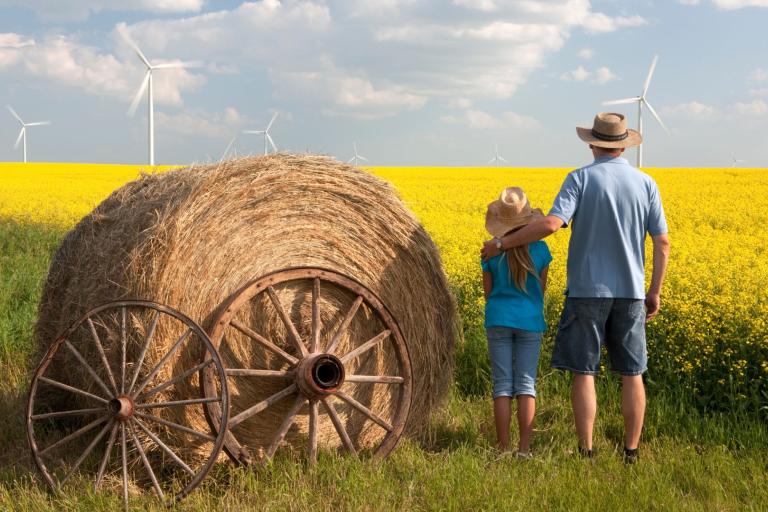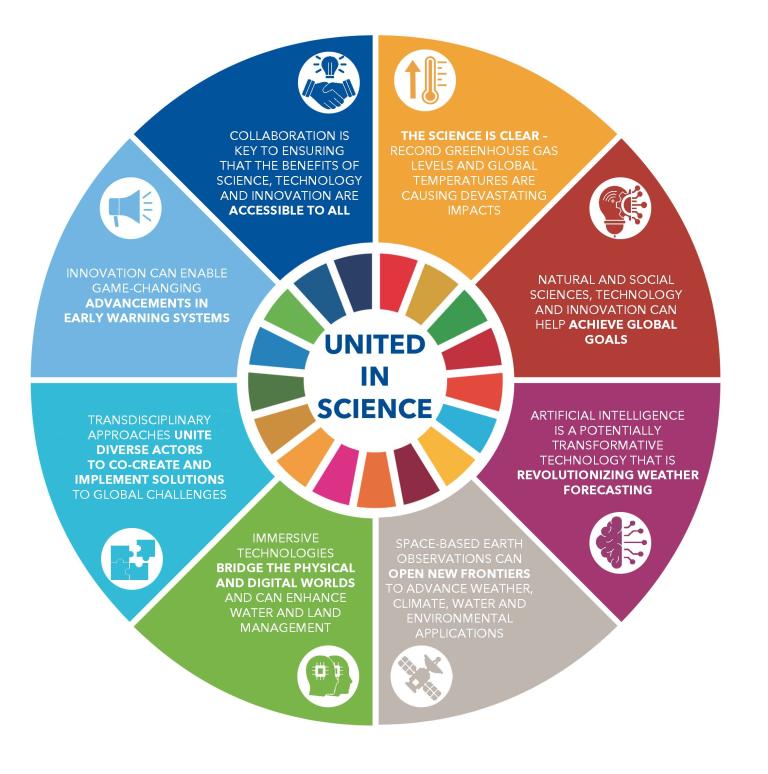United in Science: Reboot climate action
The science is clear. We are far off track from achieving vital climate goals. The impacts of climate change and hazardous weather are reversing development gains and threatening the well-being of people and the planet, according to a new multi-agency report coordinated by the World Meteorological Organization (WMO).

Greenhouse gas concentrations are at record levels, fuelling temperature increase into the future. The emissions gap between aspiration and reality remains high. Under current policies, there is a two thirds likelihood of global warming of 3 °C this century, says the United in Science report.
United in Science offers much-needed grounds for hope. It explores how advances in natural and social sciences, new technologies and innovation enhance our understanding of the Earth system and could be game changers for climate change adaptation, disaster risk reduction and sustainable development.
“We need urgent and ambitious action now to support sustainable development, climate action and disaster risk reduction. The decisions we make today could be the difference between a future breakdown or a breakthrough to a better world,” said WMO Secretary-General Celeste Saulo.
“Artificial Intelligence and machine learning have emerged as potentially transformative technologies that are revolutionizing weather forecasting and can make it faster, cheaper and more accessible. Cutting-edge satellite technologies and virtual realities that bridge the physical and digital worlds are opening new frontiers in, for instance, land and water management,” said Celeste Saulo.
“However, science and technology alone are not enough to address global challenges such as climate change and sustainable development alone. In an increasingly complex world, we must embrace diverse knowledge, experiences and perspectives to co-create solutions together,” she said.
The United Nations Summit of the Future provides a once-in-a-generation opportunity to revitalize and reboot our collective commitment to the global goals, says the report, which was compiled by a consortium of United Nations agencies, meteorological organizations and scientific and research bodies. It also embraces input from young people and early career scientists who are agents of change for the future.











